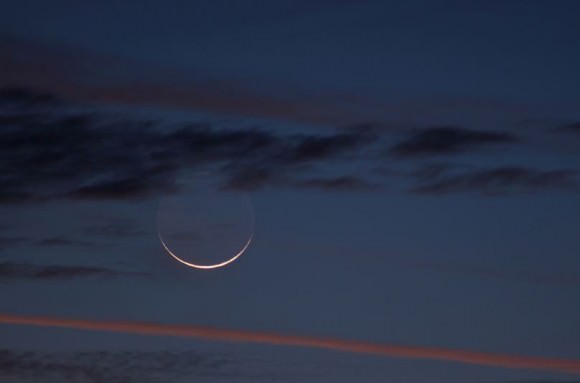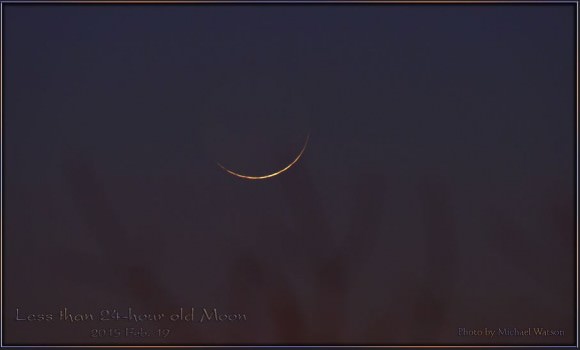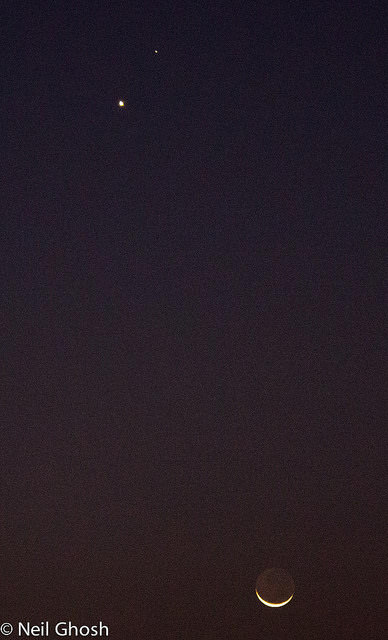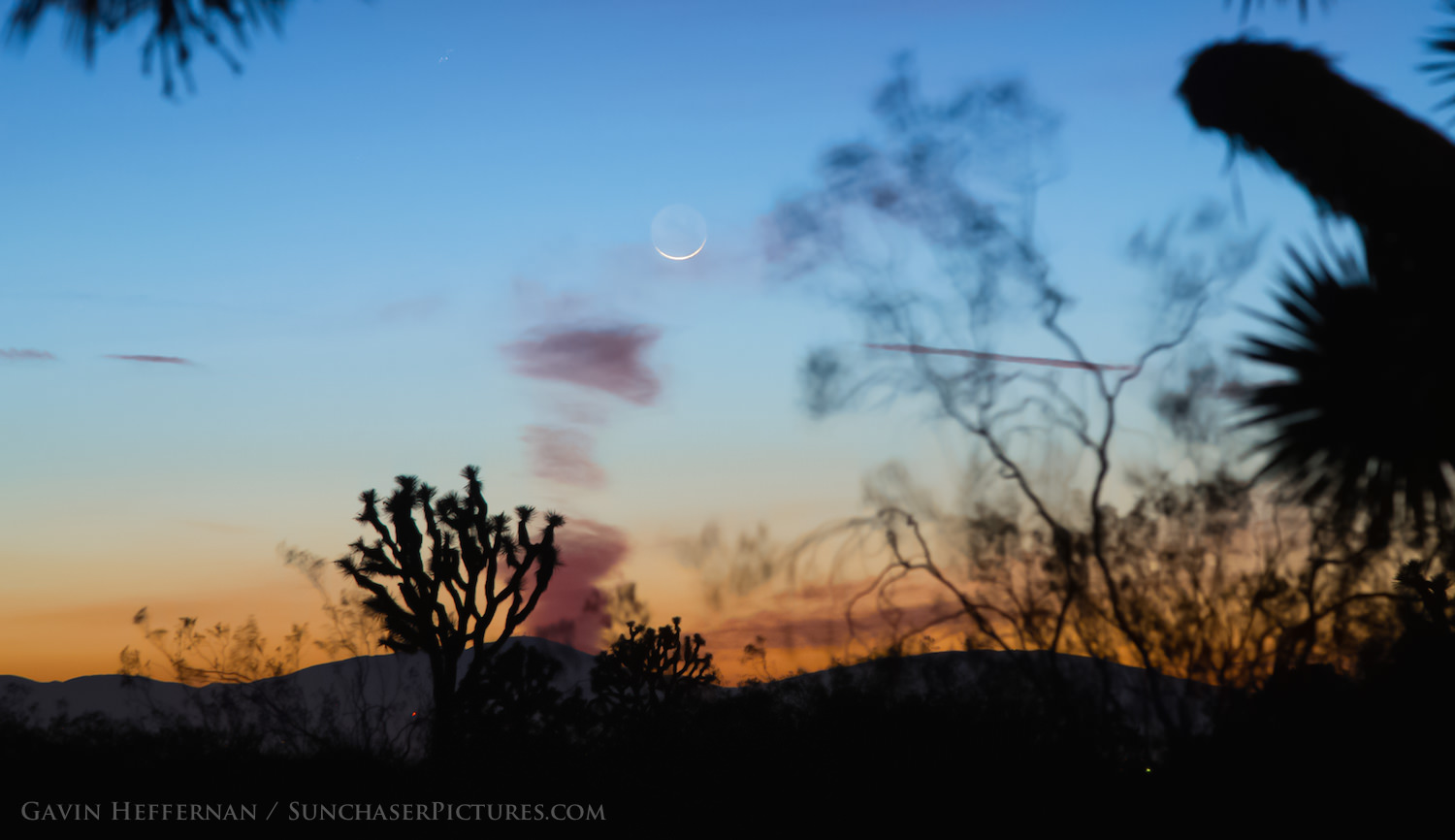As our David Dickinson noted in his recent article, a new term is “creeping into the popular astronomical vernacular: that of a ‘Black Moon’.” This is the New Moon version of a Blue Moon, and is either:
- A month missing a Full or New Moon… this can only occur in February, as the lunar synodic period from like phase to phase is 29.5 days long. This last occurred in 2014 and will next occur in 2018.
- The second New Moon in a month with two. This can happen in any calendar month except February.
- And now for the most convoluted definition: the third New Moon in an astronomical season with four.
The February 18th New Moon met the requirements expressed in rule 3. The fourth New Moon of the season falls on March 20th, just 13 hours before the northward equinox on the same date.
But no matter what the occasion, there are always astrophotographers out to grab pictures, and here are some shared with Universe Today via email and on our Flickr page.



And remember, tonight you can see a close conjunction of the Moon, Venus and Mars. Here’s how you can photograph the event, and make sure to share your photos with Universe Today!


I think that the cylindrical cloud in the first image is much more interesting than the Moon. What happened there?
The suggestive succulent silhouette in the first image slightly detracts from the subject. 😀
FarAway…the clouds in the first image look to be mostly jet contrails. Not the greatest thing to have in a photo of a natural setting.